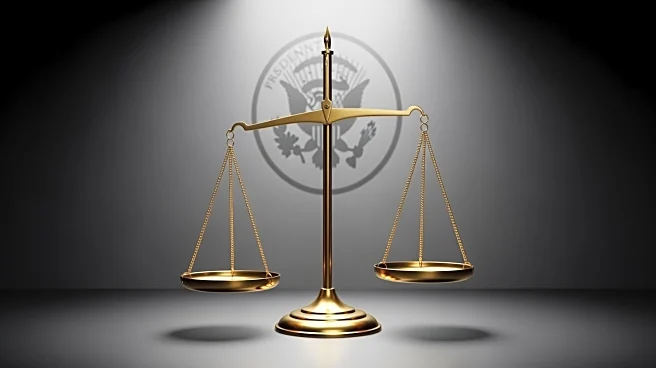What's Happening?
President Donald Trump has extended his branding expertise to the federal government, introducing initiatives such as TrumpRx for prescription drugs and the Trump Gold Card for citizenship. This approach reflects his business background and aims to create
a memorable identity for his administration. The branding efforts include visual elements like banners and proposed commemorative coins, as well as initiatives like the 'Rose Garden Club' for exclusive events. While these efforts have been praised for their marketing effectiveness, they have also raised concerns about the commoditization of the presidency and the potential for government resources to be used for personal promotion.
Why It's Important?
Trump's branding strategy could have lasting impacts on how future administrations approach public communication and policy promotion. By leveraging marketing techniques, the administration aims to create a strong, recognizable identity that resonates with supporters. However, this approach blurs the lines between governance and personal branding, raising ethical questions about the use of public resources for self-promotion. The strategy also highlights the evolving role of social media and branding in political communication, potentially influencing how political campaigns and government initiatives are conducted in the future.
What's Next?
The continuation of Trump's branding efforts may lead to further scrutiny from political opponents and ethics watchdogs. As the administration rolls out new initiatives, there may be increased debate over the appropriateness of using government platforms for personal branding. The impact of these efforts on public perception and political discourse will be closely monitored, with potential implications for future administrations and their communication strategies.
Beyond the Headlines
The branding of government initiatives raises broader questions about the role of marketing in politics and the potential consequences of prioritizing image over substance. This approach could influence how political leaders engage with the public and shape policy discussions, potentially shifting the focus from policy details to branding and messaging. The trend also reflects broader societal changes in how information is consumed and the importance of creating a strong, memorable identity in a crowded media landscape.














